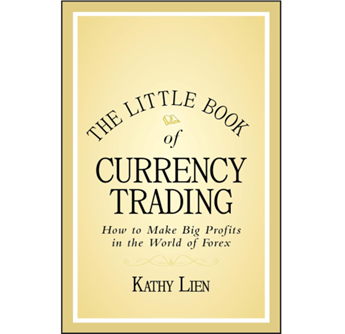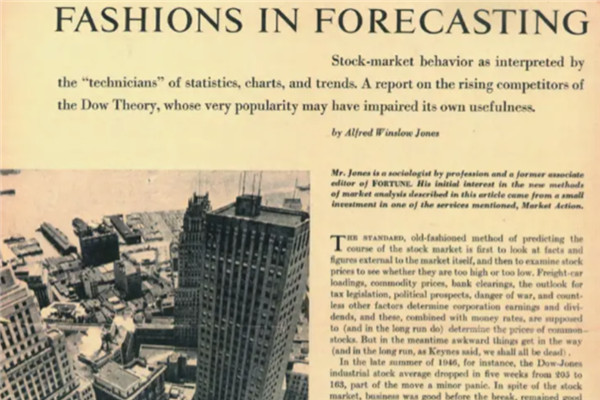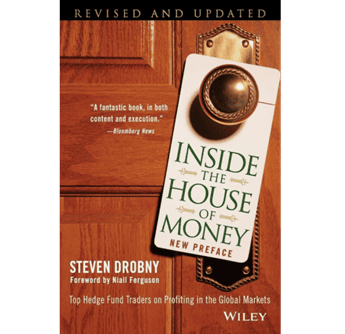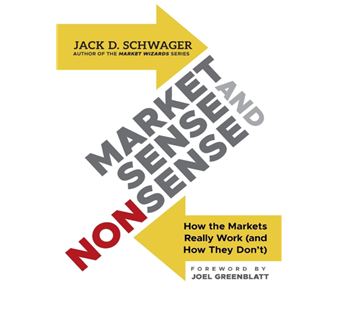
Key Takeaways from The Little Book of Common Sense
Choose broad market index funds with the lowest feasible costs.
Maintain a suitable asset allocation and rebalance infrequently.
Invest regularly and for the long term.
Avoid frequent trading, market timing and speculative behaviour.
Treat investing as ownership of businesses rather than as gambling on prices.
The Little Book of Common Sense by John C. Bogle delivers a clear and powerful message. The best path to investment success is not complex analysis or frantic trading.
It is the disciplined ownership of a broad market portfolio with minimal cost, held for the long term. This book explains why simplicity, low cost and patient behaviour produce reliable results for the individual investor.
This article unpacks the major themes of The Little Book of Common Sense. It will explain the logic behind index investing, show how costs reduce returns, offer practical guidance for building a portfolio, and provide behavioural advice that helps investors remain steady through market volatility.
Understanding The Little Book of Common Sense and Its Central Thesis

John C. Bogle makes a straightforward assertion in The Little Book of Common Sense. Most investors will not beat the market after accounting for fees, taxes and other costs. Therefore, the rational strategy is to capture the market return at the lowest possible cost. Bogle frames this as earning your fair share of corporate earnings.
The book describes the evolution of index funds and the motivation behind their creation. Bogle argues that owning a share of the entire market is a better proposition than attempting to pick individual winners.
The Little Book of Common Sense places emphasis on the investor as an owner of enterprises rather than a speculator in short term price movements. This mental shift aligns incentives with the long term growth of the economy and reduces the impulse to chase short lived market trends.
The Little Book of Common Sense on Market Return and Investor Return
A central distinction in The Little Book of Common Sense is between market return and investor return. Market return is the performance of the market itself. Investor return is what individuals actually realise after paying fees, suffering from poor timing and incurring taxes. Bogle shows that investor behaviour matters. Frequent switching between funds, attempting to time the market and reacting to headlines typically reduce realised returns.
The book stresses that even professional active managers frequently underperform after costs. The implication is that for most investors, the pursuit of outperformance is costly and often counterproductive. The Little Book of Common Sense therefore recommends a modest and pragmatic approach.
The Little Book of Common Sense on the Importance of Costs
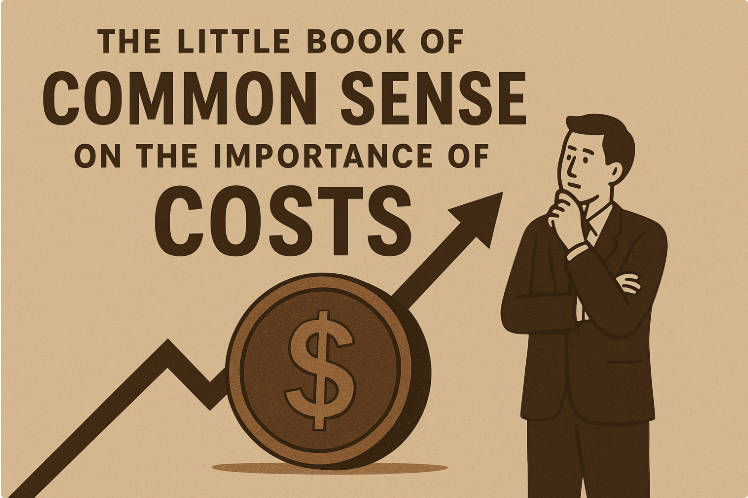
Costs are one of the few variables that investors can control. The Little Book of Common Sense repeatedly returns to this point. Even small differences in fees compound over long periods and can erode a large proportion of the gains that the market produces.
| Type of Cost |
Impact on Investor Returns |
The Little Book of Common Sense Recommendation |
| Management fees |
Significantly reduce compounded returns over decades |
Select funds with the lowest practical fees |
| Transaction costs |
Create drag when funds trade frequently |
Prefer funds with low turnover and buy and hold policy |
| Taxes |
Reduce after tax returns, particularly in taxable accounts |
Use tax efficient funds and tax sheltered accounts where possible |
Bogle emphasises that minimising cost is not a trivial detail. It is a central determinant of long term success.
The Little Book of Common Sense and the Mechanics of Index Funds
The Little Book of Common Sense explains how index funds operate. An index fund seeks to replicate the performance of a designated market index by holding the same securities in similar proportions. This approach offers broad diversification at very low cost. Bogle describes index funds as a way to own the market rather than to guess which parts of the market will outperform.
The book also explains the relative advantages of mutual funds and exchange traded funds. The essential criterion remains cost and simplicity. The Little Book of Common Sense recommends funds that offer comprehensive market coverage at minimal expense.
The Power of Compounding as Emphasised in The Little Book of Common Sense
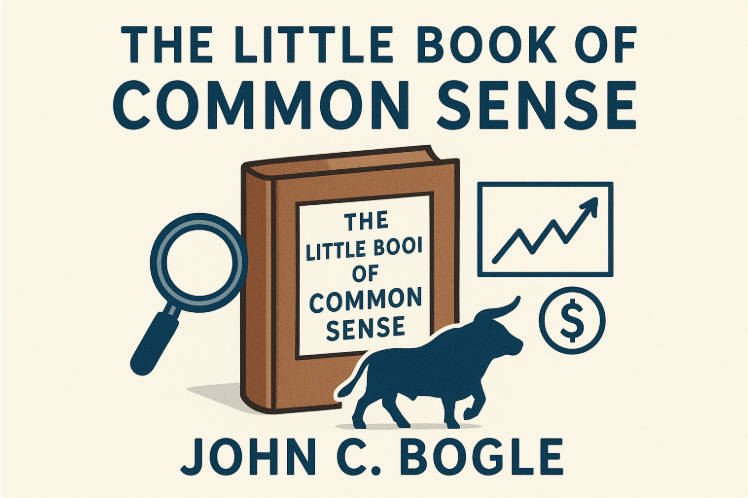
Time is an investor's ally when costs are low and contributions are steady. The Little Book of Common Sense illustrates how compounding magnifies differences in net returns. A small reduction in annual cost can lead to a very large difference in wealth after several decades.
| Annual Contribution |
Net Return After 30 Years: High Cost Example |
Net Return After 30 Years: Low Cost Example |
Difference |
| £5,000 per year |
£332,194 |
£463,891 |
£131,697 |
Notes on calculation. The high cost example assumes a net return of 5.0 per cent per year. The low cost example assumes a net return of 6.9 per cent per year. The projection uses the future value formula for a series of equal annual contributions compounded annually. The example is illustrative. Actual future returns will vary.
The Little Book of Common Sense uses similar examples to show that cost savings compound and matter more the longer the horizon.
Building a Portfolio with Principles from The Little Book of Common Sense
Bogle offers clear practical guidance for portfolio construction. He recommends a simple structure that matches an investor's risk tolerance and time horizon. The basic elements include:
Broad stock market index funds for equity exposure.
Diversified bond funds for capital preservation and income where appropriate.
Minimal turnover and avoidance of frequent rebalancing driven by emotion.
In The Little Book of Common Sense, asset allocation is more important than security selection. Investors should determine an allocation that they can maintain through market fluctuations. The book supports simple rebalancing rules that restore the portfolio to its target allocation without excessive trading.
Behavioural Lessons from The Little Book of Common Sense
The Little Book of Common Sense recognises that the greatest threat to performance is often the investor's own behaviour. The book highlights common psychological traps, including the tendency to chase recent winners, the fear of losses that leads to selling at the worst times, and the attraction of complicated strategies that promise outsized gains.
Bogle advocates for staying the course. This means investing regularly, resisting the urge to time the market and maintaining discipline during periods of volatility. The book also encourages investors to adopt the perspective of owning businesses rather than speculating on short term prices. This perspective reduces anxiety and fosters a longer term view.
Applying The Little Book of Common Sense in the Modern Financial World

Markets and technology have evolved since The Little Book of Common Sense was first published, but its core lessons remain relevant. Index funds and ETFs are now widely available and often at lower costs than ever before. The principles in the book continue to apply. Technology increases access and reduces friction, but it does not change the arithmetic of costs and compounding.
Investors should be mindful of product proliferation. New financial innovations may have legitimate uses, but they often come with higher costs or complexity. The Little Book of Common Sense recommends careful scrutiny of any new product and a preference for simplicity.
Conclusion
The Little Book of Common Sense endures because it converts complex financial theory into practical advice that any investor can apply. Its logic is simple and its recommendations are powerful.
Low costs, broad diversification and disciplined behaviour are not glamorous, but they are effective. For the majority of investors, following the principles of The Little Book of Common Sense will yield better outcomes than seeking short term outperformance through costly or speculative strategies.
Frequently Asked Questions
Q1: What is the principal recommendation of The Little Book of Common Sense?
The principal recommendation is to invest in broad market index funds at minimal cost and hold them for the long term. This approach seeks to secure the market return and avoids the pervasive drag of fees and poor timing.
Q2: Are index funds the only option endorsed by The Little Book of Common Sense?
The book endorses index funds as the most reliable and cost efficient option for most investors. It recognises that certain investors may have unique circumstances, but for the typical individual, index funds are the preferred vehicle.
Q3: How should an investor apply The Little Book of Common Sense to their personal portfolio?
An investor should determine an allocation between equities and bonds that fits their risk tolerance and investment horizon. The investor should select broad market index funds with the lowest reasonable fees, invest regularly, and avoid excessive trading or attempts to time the market.
Q4: Does The Little Book of Common Sense remain relevant in times of market stress or low returns?
Yes. The book notes that market conditions fluctuate and low returns are natural. Its low-cost, patient approach endures stress and increases the likelihood of achieving long-term market returns.
Disclaimer: This material is for general information purposes only and is not intended as (and should not be considered to be) financial, investment or other advice on which reliance should be placed. No opinion given in the material constitutes a recommendation by EBC or the author that any particular investment, security, transaction or investment strategy is suitable for any specific person.













